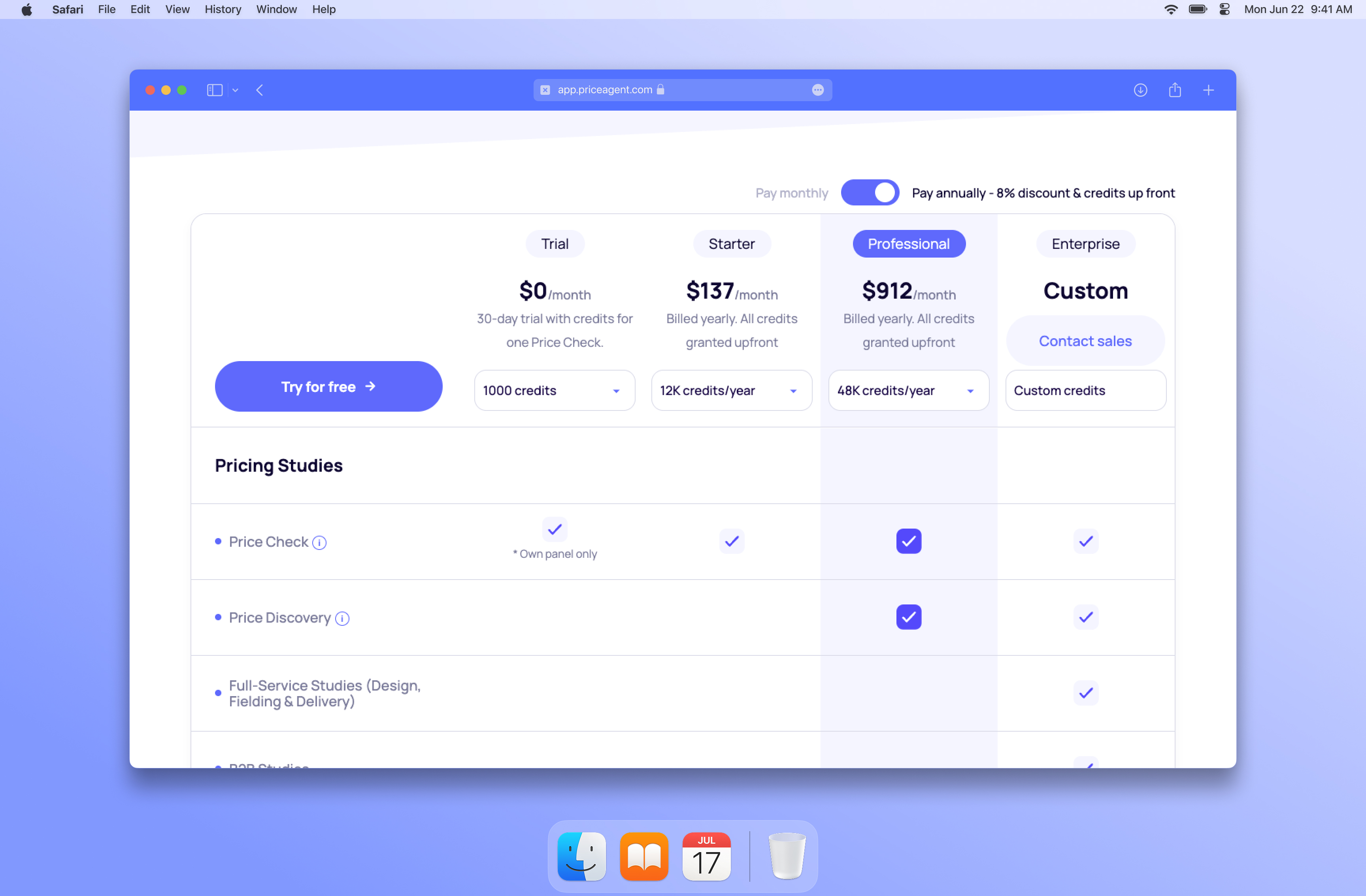The Power of Value-Based Pricing: How to Set Prices Your Customers Are Willing to Pay
Discover how value-based pricing can boost your business by setting prices that alig

Summarize article with AI
In the competitive world of business,setting the right price for your products or services can be the difference between success and failure. While many companies rely on cost-plus or competitive pricing models, there's a more effective approach that focuses on what your customers are actually willing to pay: value-based pricing. In this blog post, we'll explore the power of value-based pricing, how to determine customer willingness to pay, and the steps to implement this strategy in your business.
What is Value-Based Pricing?
Value-based pricing is a strategy where prices are set primarily, but not exclusively, on the perceived or estimated value of a product or service to the customer, rather than on the cost of the product or historical prices. Unlike cost-plus pricing, which adds a standard markup to the cost of production, or competitive pricing, which sets prices based on competitors, value-based pricing aligns with the value delivered to the customer. This approach ensures that your prices reflect the benefits and satisfaction that your product or service provides.
Why Value-Based Pricing Matters
Value-based pricing offers several significant advantages for businesses:
Increased Profitability: By aligning prices with the value perceived by customers, businesses can charge higher prices without deterring potential buyers, leading to higher profit margins.
Customer Satisfaction: When customers feel that they are receiving value for their money, their satisfaction and loyalty increase. This can lead to repeat purchases and positive word-of-mouth.
Competitive Advantage: Understanding and leveraging customer value perception can set your business apart from competitors who may not fully grasp the importance of value-based pricing.
Flexibility: Value-based pricing allows businesses to adjust prices based on customer segments, market changes, and evolving customer needs.
Determining Customer Willingness to Pay
Understanding what your customers are willing to pay is crucial for implementing value-based pricing. Here are some methods to gather this valuable data:
Surveys and Questionnaires:
Directly ask customers how much they would be willing to pay for a product or service.
Use conjoint analysis to understand how customers value different features and benefits.
Focus Groups:
Conduct discussions with groups of target customers to gain insights into their perceptions of value and pricing sensitivity.
Market Research:
Analyze market trends and customer behavior to identify patterns and preferences related to pricing.
Customer Feedback and Reviews:
Monitor customer reviews and feedback to understand their satisfaction levels and perceived value of your offerings.
Price Testing:
Experiment with different price points in controlled settings to observe customer reactions and purchasing behavior.
Implementing Value-Based Pricing
Transitioning to value-based pricing requires a strategic approach. Here’s a step-by-step guide to help you get started:
Assess Current Pricing Strategy:
Evaluate your existing pricing model and identify its strengths and weaknesses.
Gather Customer Data:
Use the methods mentioned above to collect data on customer willingness to pay and value perception.
Segment Your Market:
Identify different customer segments based on their needs, preferences, and willingness to pay.
Set Initial Prices:
Based on the collected data, set initial prices that reflect the value perceived by each customer segment.
Monitor and Adjust:
Continuously monitor customer feedback and market trends. Adjust prices as necessary to ensure they remain aligned with customer value perception.
Communicate Value:
Clearly communicate the benefits and value of your products or services to customers. This helps justify the price and enhances customer satisfaction.
Advantages of Value-Based Pricing
Implementing value-based pricing can lead to numerous benefits for your business:
Enhanced Profit Margins: Higher prices aligned with customer value lead to increased revenue and profit margins.
Better Customer Relationships: Customers who perceive high value are more likely to remain loyal and advocate for your brand.
Market Differentiation: A value-based approach can distinguish your business from competitors who rely solely on cost or competitive pricing.
Responsive to Market Changes: Value-based pricing allows for flexibility, enabling you to respond quickly to market shifts and customer preferences.
Conclusion
Value-based pricing is a powerful strategy that can significantly enhance your business's profitability and customer satisfaction. By understanding and leveraging customer willingness to pay, you can set prices that reflect the true value of your offerings. If you're ready to take your pricing strategy to the next level, consider exploring how PriceAgent can help you measure customer value and optimize your prices for maximum success.









